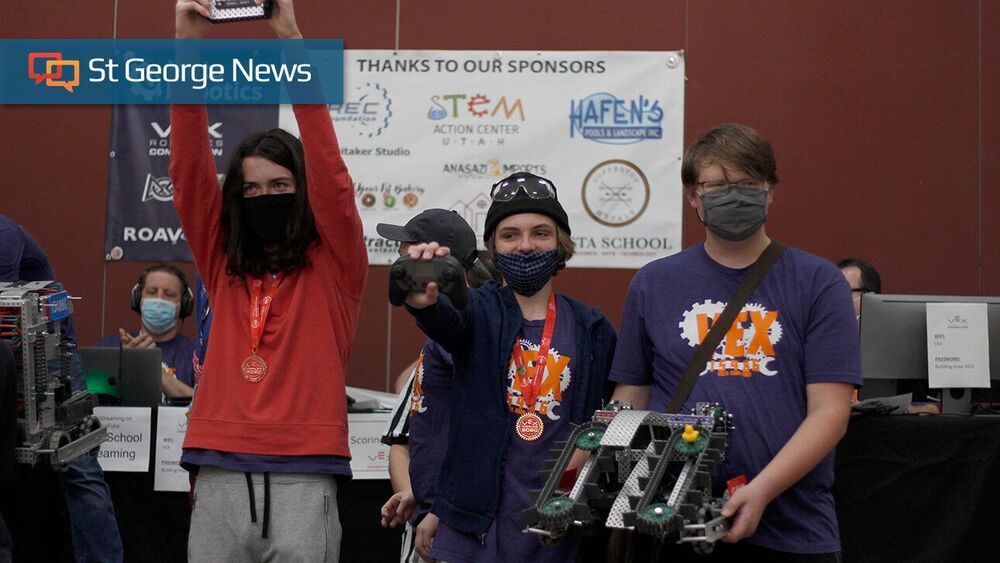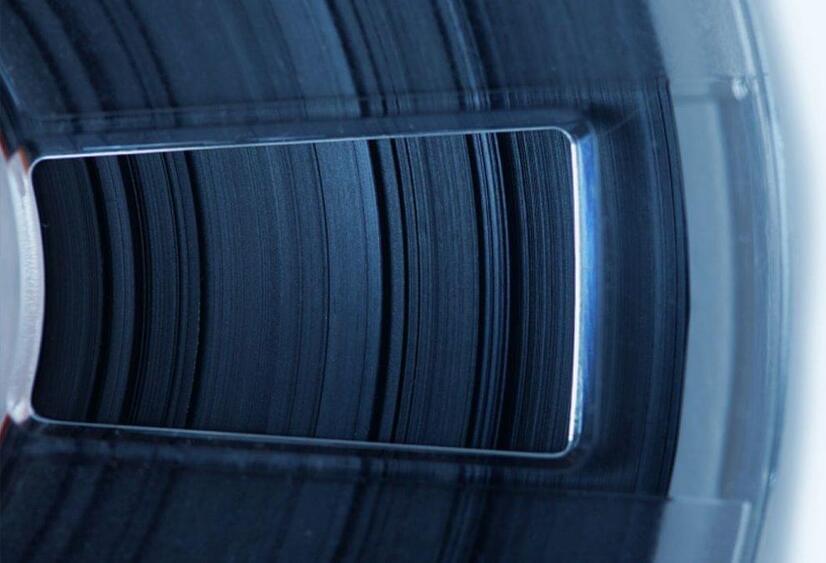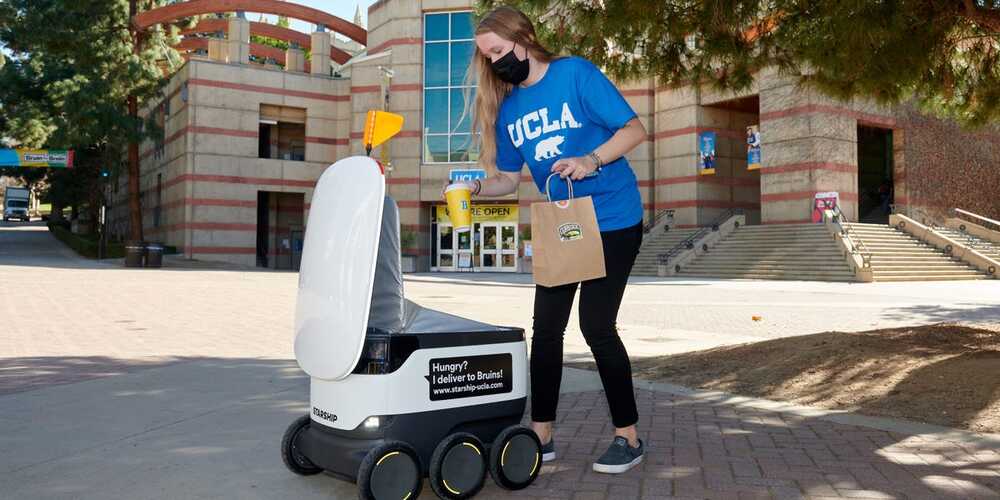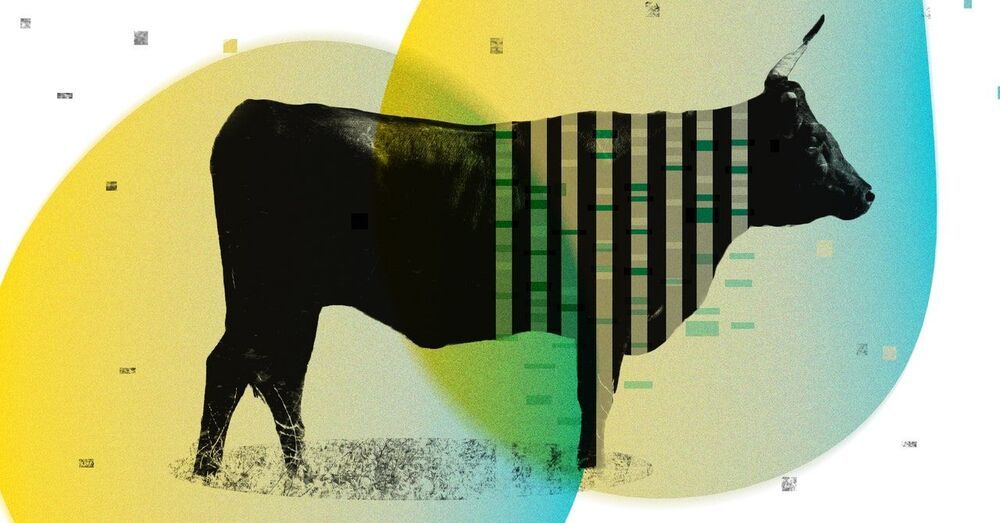One small step…just kidding, no steps are required.
Get the latest international news and world events from around the world.

Robotics teams test wits, skills at Vista School robotics competition
ST. GEORGE — Vista School hosted a challenge of wits, strategy, programming and robot building on Saturday.
The school hosted 27 teams from as far as Los Angeles in a VEX Robotics Competition event for this year’s game entitled Change Up. Teams designed small robots from kits of parts and competed both within the game and a skills competition.
The goal of Change Up is to score points by placing grapefruit-sized, team colored balls into tower-like goals spread across the field that can accommodate up to three balls on top of each other. Teams composed of students from grades six all the way through 12 score for having balls in the goal in addition to lining their color ball up in the same row across multiple goals and the bottom-most ball is exposed so that it may be removed from the goal. The game is played between two “alliances,” or a pair of robots from different teams. The “alliance” that scores highest wins the match.

The Robots Return, How Have Atlas, ASIMO, Cheetah, Spot and Pepper faired 4+ Years On?
https://brilliant.org/CuriousDroid.
About 4−1÷2 years ago I did a video about the most advanced robots at the time, ASIMO, Atlas, Cheetah, Spot and Pepper. After seeing the Atlas dance video I thought it would be good to see what has happened to our famous five robots and what the future might be for legged robots and humanoid style robots.
This video is sponsored by Brilliant.org :
https://brilliant.org/CuriousDroid.
Written, researched and presented by paul shillito.
Images and footage : Boston Dynamics, Honda, Softbank, Unitree Robotics, Ghost RoboticsWhoLoDancEV, TheKiwiCoder, CARESSES — Culturally Aware Robots.
A big thank you also goes to all our Patreons smile
George Bishop II


Autonomous food delivery company Starship Technologies, which has enjoyed explosive growth, says kids are feeding its robots bananas
Autonomous food delivery company Starship Technologies hit 1 million deliveries this month, and has doubled the size of its robot fleet.
Starship Technologies, the autonomous delivery company that sends little six-wheeled robots to people’s doorsteps with groceries and takeout, has had an astonishing year.

Watch a Badass Wearable Robot Arm Hulk Smash Through a Wall
😃
The arm itself weighs about as much as a real human arm and can lift 11 pounds.

Will Covid-19 evolve resistance to vaccines?
Many believe that drug companies should already be updating their vaccines to target mutated versions of the Covid-19 spike protein. But can the patterns of mutations scientists are seeing popping up in Covid-19 around the world offer any clues about how the virus will continue to evolve?
“It is hard to speculate, but it is interesting that all of a sudden there does seem to be a lot of mutations appearing that could be associated with immune escape or immune recognition,” says Brendan Larsen, a PhD student working with Worobey in Arizona. He recently identified a new variant of Covid-19 circulating in Arizona that has the H69/V70 deletion seen in several other versions of the virus. While still only spreading at a relatively low level there and in other states of the US, it suggests that this particular mutation is recurring independently around the world.
Every time the coronavirus passes from person to person it picks up tiny changes to its genetic code, but scientists are starting to notice patterns in how the virus is mutating.
